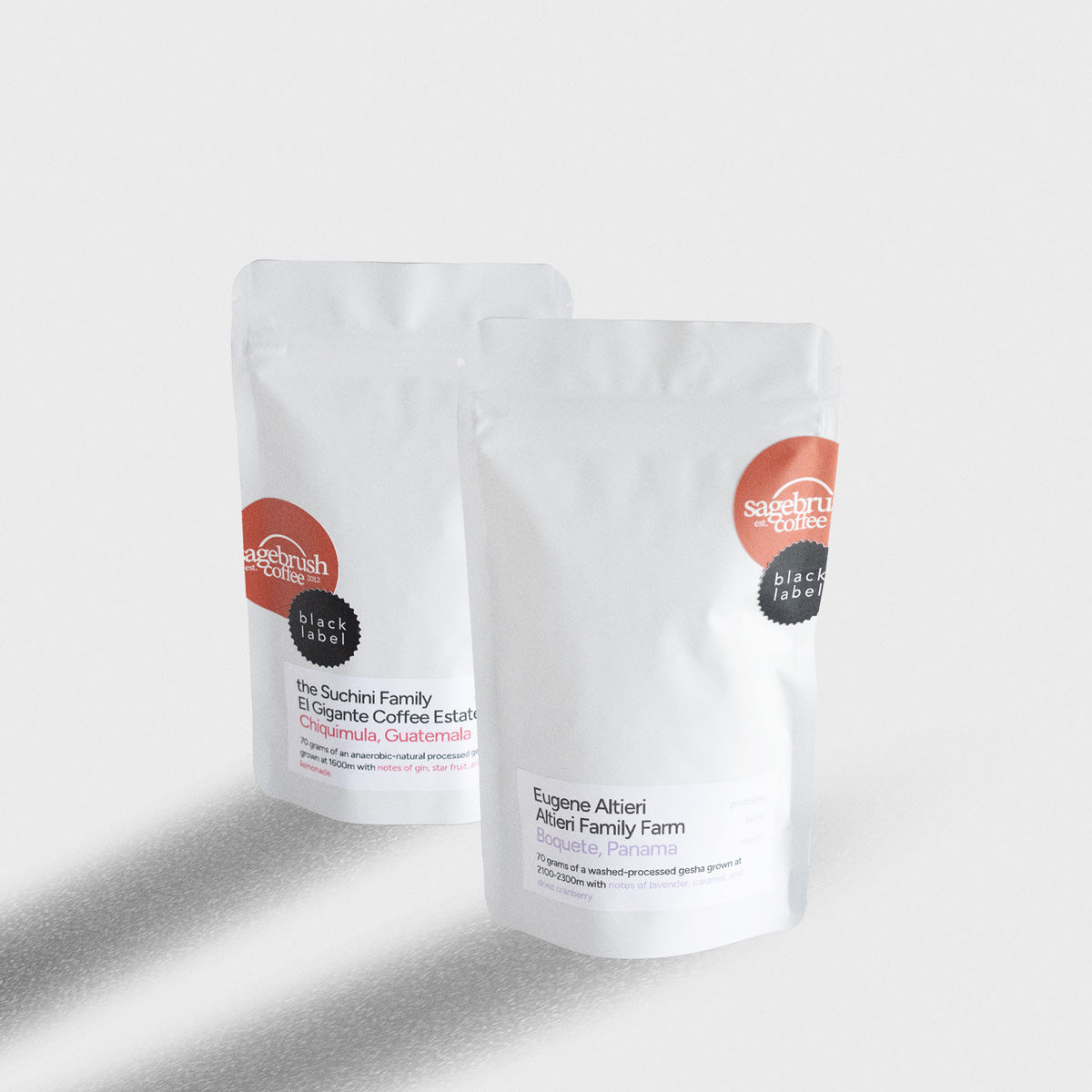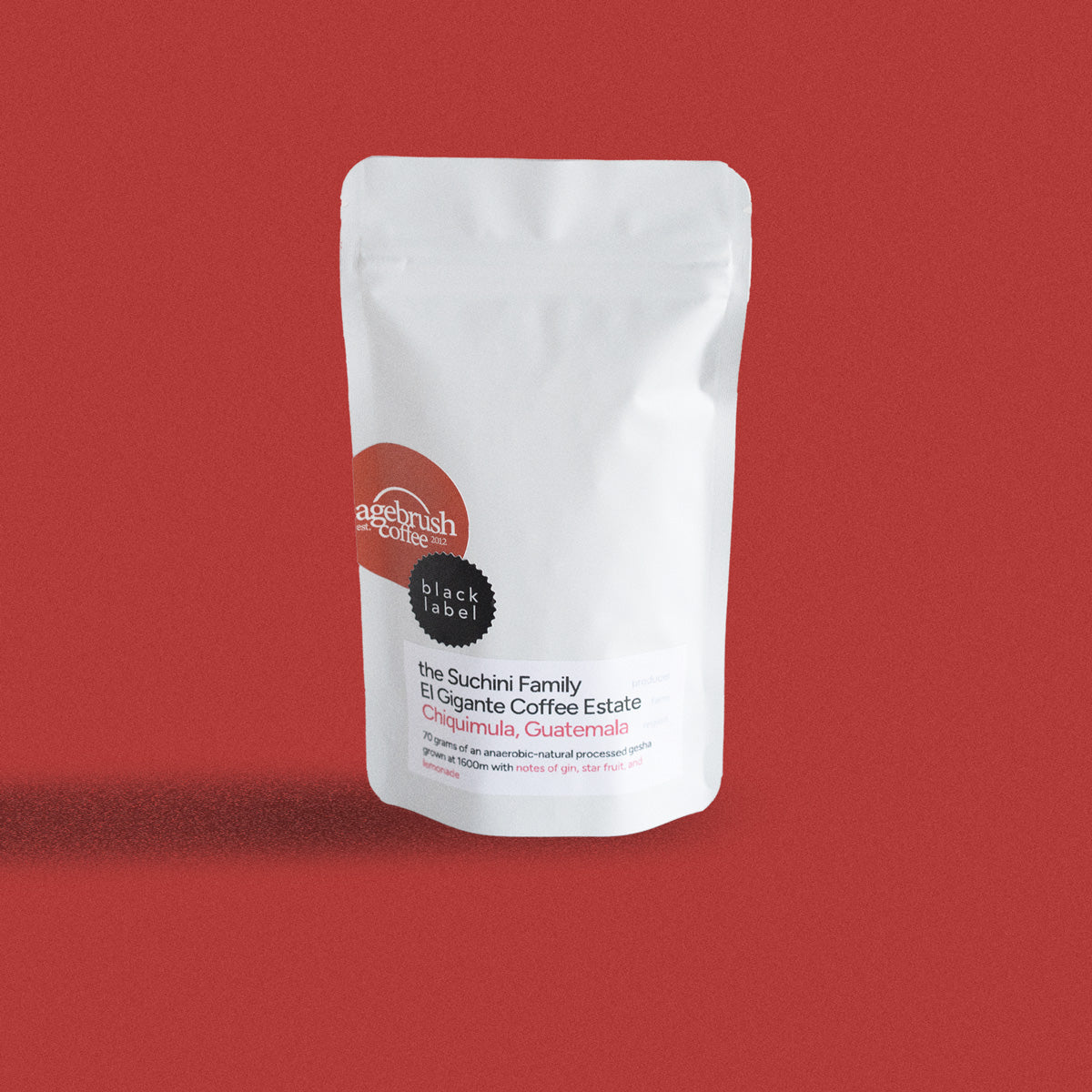
When talking about Timor (tee•mor) coffee, there may be one of two things being referenced. The Timor Hybrid, which is a unique hybrid variety of coffee, or Timor-Leste, the country in which the Timor Hybrid was first discovered.
About the Timor Hybrid
The Timor Hybrid is a natural cross-hybrid of the Arabica plant and the Canephora plant, of which Robusta is the most well-known variety. A natural cross means it was not cultivated to be a cross but was found growing on its own. Before you panic about the implications of a Robusta ancestor, let me first explain the impact of Robusta and why it is still grown so frequently. Robusta coffee is much higher in caffeine than its cousin, Arabica, and thus tends to be more bitter. Interestingly enough, the high caffeine content is part of why it is actually the preferred form of coffee for places like Italy. It can grow at much lower altitudes as well, so the beans tend to grow to be less dense. It is important to note that this is not a requirement, merely a result of the growth at lower elevations, and Robusta can still be grown at higher elevations and thus the beans can grow denser if desired. But, the high elevations are usually reserved for Arabica varieties which are more delicate. Robusta is also much more resistant to leaf rust, a particularly devastating coffee disease, and several other crop diseases that plague Arabica coffee. Robusta plants also tend to have higher yields than Arabica plants.
The high caffeine content combined with usually being grown at quite low altitudes results in the typical impression in the U.S. that Robusta is terrible. The ability to grow at lower altitudes combined with the disease resistance are both parts of the reason its common name means hearty, or robust. Its heartiness and high yield cause the focus on quantity over quality so often seen in Robusta.
The Timor Hybrid, though, managed to inherit much of its Robusta ancestors’ heartiness, and yet maintains the caffeine and flavor qualities more in line with its Arabica ancestors. It is a wonderful best-of-both-worlds variety of coffee that has huge potential for farmers in places where unpredictable climate and disease constantly impair a regular crop of purely Arabica coffee. It has since been intentionally crossed with other Arabica varieties, in attempts to find more new, unique, and delicious varieties with heartier properties that can withstand disease.
About the Country of Timor-Leste
Records indicate that as early as the 1300s, the land that would become Timor-Leste was a large exporter of Sandalwood, another crop that grows between the tropics and only where the conditions are just right. Sandalwood, along with other exports, is what likely sparked European interest in the country. In the 1600s, Dutch explorers initially colonized Timor and the Portuguese colonized islands around the area. Conflicts between the two European nations pushed most of the Portuguese off the surrounding islands, and into the Eastern half of Timor, though the two nations continued to fight over the land.
While there, the Portuguese introduced coffee to the island as a cash crop in the 1860s. However, they were quite oppressive and exploitative, and the coffee cash flow was controlled almost entirely by the Portuguese. As Portugal’s own economy began to struggle, they grew more and more controlling until a resistance attempt broke out in 1910. Unfortunately, the resistance ultimately failed and Portugal agreed on how to split up Timor with the Dutch, cementing the two distinct political states on the island of Timor that persist today. During the great depression, Portugal left the colony mostly neglected, as they did not think it worth the financial burden of support, though they reclaimed control again after World War II.
In 1927, the Timor Hybrid was discovered on a coffee plantation in East Timor. Only after World War II concluded did the state invest in coffee education and begin to intentionally cultivate the Timor Hybrid. Unfortunately, Portugal entirely abandoned the colony in 1975, after Portugal experienced its own coup and revolution. East Timor then fell into a civil war and one group declared East Timor’s independence, but only days later they were invaded by Indonesian Timor, the current state of the Dutch-colonized Western Timor. East Timor was claimed once again, this time as a province of Indonesia. During this occupation, many plantations were abandoned as farmers were forced from their homes, or fled from the murder, brutality, and rape.
The violence and oppression lasted for nearly 25 years, but after mounting pressures from the United Nations, East Timor was recognized as its own independent state at last in 2002. It was officially renamed to Timor-Leste, the Portuguese translation of "East Timor." As many farms were abandoned during the occupation, much cultivation was lost, but since then, the Timorese government has taken a role in attempting to improve coffee farming conditions, and coffee now makes up most of their sustainable exports. While the country is still young in its independence and still struggling with many growing pains, they have remarkably good coffee for all their lost time and are still continuing to improve. Coffee could be a key to a brighter future in Timor-Leste, and Timor-Leste could be a key to a brighter future in coffee.
Written by: Kathryn Ware


















